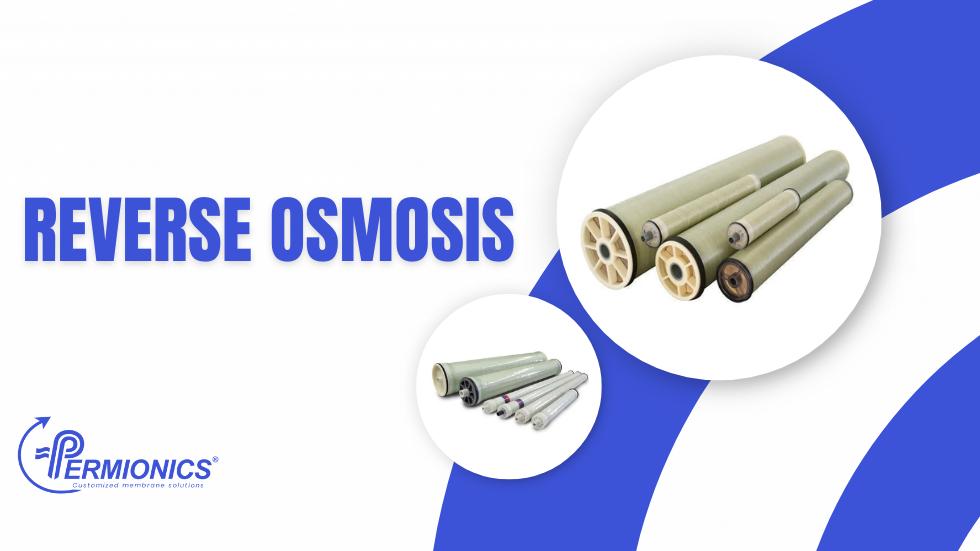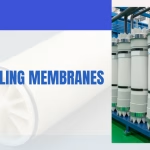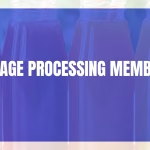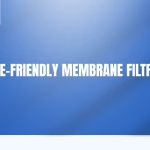Introduction
Pharmaceutical water purification is a cornerstone of drug manufacturing. It goes beyond just removing visible impurities; it involves stringent removal of bacteria, endotoxins, and dissolved ions to meet global clean water standards.
Traditionally, many pharmaceutical plants relied on traditional filtration methods such as distillation or sand filtration to meet these rigorous demands. However, with rising energy costs, increasing regulatory scrutiny, and the need for greater operational efficiency, the industry is rapidly shifting toward Reverse Osmosis (RO) membrane systems.
This blog explores real-world case studies demonstrating how RO membranes, combined with Ultrafiltration (UF), are revolutionizing pharma water systems by delivering superior water purity, enhanced filtration performance, reduced operational cost pharma, and ensuring regulatory compliance.
Filtration Requirements in Modern Pharma Plants
Pharmaceutical manufacturers require water treatment pharma systems that consistently deliver:
- Rigorous microbial control water to eliminate contamination risks, crucial for patient safety and product quality.
- Low conductivity levels, typically less than 1.3 µS/cm for Purified Water (PW) and under 0.25 µS/cm for Water for Injection (WFI).
- Strict endotoxin control, with limits below 0.25 EU/mL, especially for injectable products.
- High energy efficiency RO combined with chemical efficiency to support sustainable operations and minimize carbon footprint.
While traditional filtration methods such as distillation and sand filtration have historically been effective, they often involve significant energy consumption, complex maintenance requirements, and require large facility footprints. These challenges have encouraged pharma manufacturers to adopt advanced membrane technologies to improve system efficiency and sustainability.
Case Study 1: Transitioning from Distillation to RO in a Mid-Sized Pharma Plant
Background:
A mid-sized pharmaceutical company based in South India depended on steam distillation to produce Water for Injection (WFI). Despite consistently meeting purity standards, the distillation process was energy-intensive and demanded frequent upkeep of boilers and condensers.
Challenges:
- High operational cost of pharma due to intense energy consumption.
- Maintenance complexities negatively affect production uptime.
- Limited space within the plant restricted potential expansion opportunities.
Solution:
The company collaborated with Permionics to retrofit its existing water treatment pharma infrastructure with a validated RO + UF membrane system designed explicitly for producing WFI-grade water.
Outcomes:
This modernization brought significant improvements in overall filtration performance. Energy consumption was substantially reduced, maintenance requirements lowered, and the system footprint became more compact, freeing up valuable space for future growth. Additionally, the enhanced water recovery helped reduce raw water usage. The upgrade ensured compliance with both USP and European Pharmacopeia standards, solidifying the plant’s regulatory standing.
Comparing RO with Traditional Filtration: Key Insights from Case Studies
| Criteria | Reverse Osmosis (RO) + UF | Distillation / Sand Filtration |
| Energy Usage | Significantly lower energy demand, supporting energy efficiency RO initiatives | High energy consumption, especially due to steam generation |
| Water Recovery Rate | High water recovery efficiency, conserving resources | Moderate to low recovery, leading to greater waste |
| Microbial Removal | Superior microbial and endotoxin removal capabilities | Distillation is effective; sand filtration often less reliable |
| Operational Complexity | Automated and compact systems, reducing manual intervention | Labor-intensive and requires significant space and infrastructure |
| Maintenance Frequency | Reduced maintenance thanks to smart monitoring and membrane longevity | Frequent and complex due to boiler and tank upkeep |
| Capital Cost | Moderate investment with faster ROI through savings | High initial infrastructure and ongoing operational costs |
Case Study 2: Energy and Compliance Gains at a Large-Scale Pharma Facility
Background:
A large pharmaceutical manufacturer in Western India operated a legacy sand filtration system for Purified Water (PW). Increasing regulatory demands and escalating energy expenses prompted the company to reassess its water purification methods.
Challenges:
- Difficulty consistently maintaining stringent endotoxin control limits.
- Frequent membrane fouling causing prolonged cleaning and downtime.
- High energy costs associated with pumps and heating elements.
Solution:
Permionics engineered and installed a modular RO + UF membrane filtration system tailored to the plant’s specific water quality goals and production requirements.
Outcomes:
Following the installation, the facility observed consistent compliance with strict endotoxin regulations and a notable reduction in operational downtime, largely due to improved fouling resistance and system automation. Additionally, energy consumption was significantly lowered, contributing to reduced operational expenses. The enhanced monitoring and data collection capabilities streamlined audit preparation and regulatory reporting.
When RO Wins and When Traditional Methods Still Work
RO technology excels in:
- Producing high-quality Purified Water (PW).
- Generating Water for Injection (WFI) when combined with Ultrafiltration.
- Buffer preparation and supporting water reuse in Zero Liquid Discharge (ZLD) systems, advancing sustainability goals.
Traditional filtration methods remain viable for:
- Legacy pharmaceutical facilities with established distillation infrastructure.
- Applications requiring ultrapure steam production alongside water purification.
Despite this, many legacy plants are actively retrofitting with RO + UF systems to improve energy efficiency RO, enhance filtration performance, and maintain compliance with evolving regulatory standards.
How to Transition to Membrane-Based Systems
Pharmaceutical companies looking to adopt RO membrane technology can follow these critical steps:
- Conduct a Water Quality Audit: Evaluate existing water quality, identify contaminants, and understand system requirements.
- Define Target Specifications: Determine the purity levels necessary for your processes (PW, WFI, etc.).
- Choose the Right RO + UF Setup: Collaborate with experts to design a modular, scalable system tailored to production volume and water source.
- Validate and Document: Ensure system performance is validated and maintain thorough documentation to meet regulatory audit requirements.
- Train Staff: Implement operator training programs focused on system operation, monitoring, and maintenance best practices.
Permionics offers comprehensive support throughout this process—from system design and installation to validation and ongoing compliance assistance.
Conclusion
Reverse Osmosis is rapidly establishing itself as the industry standard in pharmaceutical water purification. These case studies illustrate that RO + UF membrane systems offer superior filtration performance, improved energy efficiency RO, reduced maintenance, and enhanced regulatory compliance.
For pharmaceutical plants aiming to reduce operational costs of pharma and improve process reliability, partnering with Permionics to upgrade or retrofit existing systems to RO technology is a smart, future-proof investment.






